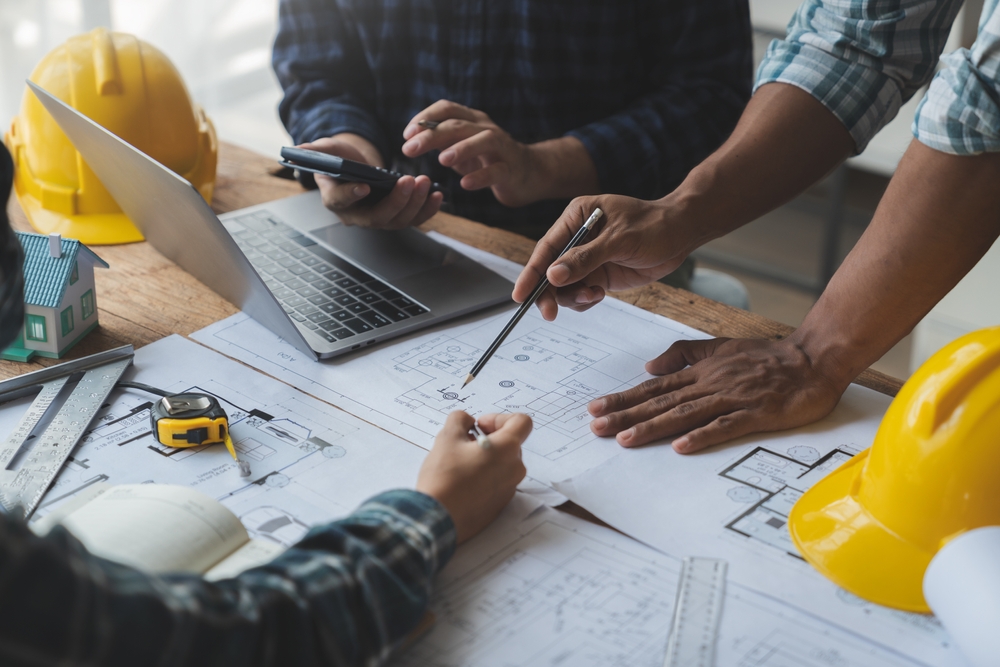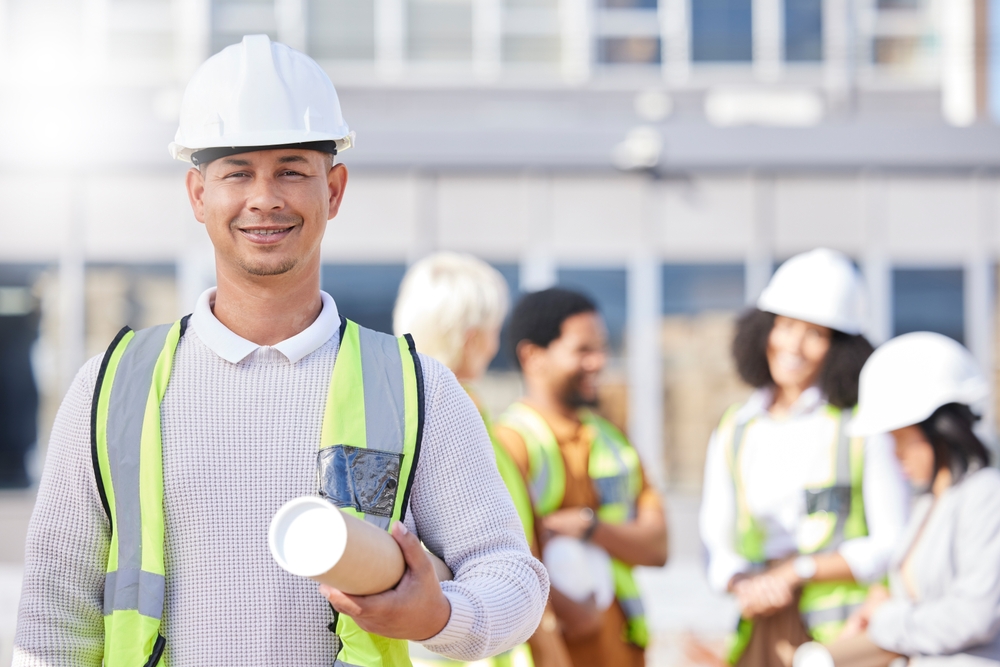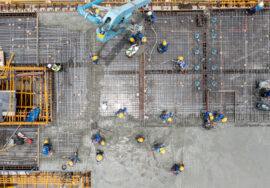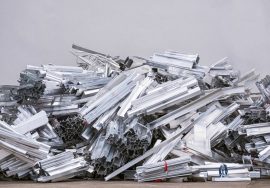Top Construction Techniques for Modern Buildings

Construction Techniques for Modern Buildings: Modern construction techniques have evolved to meet the demands of sustainability, efficiency, and innovation in the building industry. These advanced methods not only speed up the construction process but also improve the quality, durability, and performance of buildings. Whether you’re involved in commercial, residential, or industrial construction, staying updated on the latest construction techniques can help enhance your project’s outcomes.
Why Modern Construction Techniques Matter
The construction industry is increasingly moving towards faster, more efficient, and sustainable methods to meet growing urbanization and environmental concerns. New technologies and approaches are reducing waste, lowering costs, and creating buildings that are more energy-efficient and adaptable. By utilizing these modern construction techniques, builders and developers can create high-quality structures with greater precision and less environmental impact.
Top Modern Construction Techniques
1. Prefabrication and Modular Construction
Prefabrication and modular construction involve building components or entire sections of a structure off-site in a controlled environment. These components are then transported to the site for assembly. This technique offers several advantages:
- Reduced construction time: Modular units can be manufactured simultaneously with site preparation, leading to faster project completion.
- Improved quality control: Prefabricated components are built in a controlled setting, which ensures better precision and quality.
- Less waste: The controlled manufacturing environment minimizes material waste and energy consumption.
This technique is particularly popular for residential buildings, hotels, and office spaces.

2. 3D Printing in Construction
3D printing is one of the most revolutionary modern construction techniques. It involves using specialized printers to create building components, and in some cases, entire structures, from materials like concrete, plastic, or composite materials. The key benefits of 3D printing in construction include:
- Reduced labor costs: Automated 3D printing requires less manual labor, which can lower project costs.
- Speed and efficiency: Large-scale 3D printers can construct walls and other components much faster than traditional methods.
- Customization: 3D printing allows for intricate designs that may not be feasible using conventional construction techniques.
For more on how 3D printing is transforming construction, check out this resource on 3D printing in architecture.
3. Building Information Modeling (BIM)
Building Information Modeling (BIM) is a digital process that creates 3D models of buildings, incorporating both physical and functional characteristics. BIM allows construction teams to visualize every aspect of the project before breaking ground. It offers:
- Enhanced collaboration: Multiple teams (architects, engineers, contractors) can work on the same model, improving communication and reducing errors.
- Increased accuracy: BIM allows for detailed planning, which helps identify potential issues early in the design process.
- Sustainability: BIM can simulate energy use, allowing for optimization of building performance and sustainability features.
4. Advanced Materials
The development of advanced construction materials has made modern buildings more durable, sustainable, and efficient. Some key examples include:
- Self-healing concrete: This innovative material repairs its own cracks, significantly extending the lifespan of concrete structures and reducing maintenance costs.
- Graphene: Known for its strength and conductivity, graphene is being integrated into construction materials to improve structural integrity and energy efficiency.
- Recycled and eco-friendly materials: Materials like recycled steel, bamboo, and cross-laminated timber (CLT) are gaining popularity due to their sustainability and reduced environmental impact.
5. Green Construction and Energy-Efficient Techniques
Green construction focuses on reducing the environmental impact of buildings throughout their lifecycle, from design and construction to operation and deconstruction. Modern techniques in green construction include:
- Energy-efficient systems: Smart HVAC systems, energy-efficient windows, and LED lighting help reduce energy consumption in buildings.
- Solar integration: Solar panels and building-integrated photovoltaic (BIPV) systems allow buildings to generate their own renewable energy, reducing reliance on non-renewable sources.
- Passive design: This technique optimizes building orientation, insulation, and ventilation to minimize energy use without relying on mechanical systems.
Learn more about energy-efficient building techniques in this green building guide.
6. Smart Building Technologies
Smart buildings are equipped with advanced technology systems that monitor and control various building operations, such as lighting, heating, cooling, and security. These systems improve efficiency, reduce costs, and create more comfortable environments for occupants. Key features of smart buildings include:
- IoT (Internet of Things): Sensors and connected devices allow for real-time monitoring and adjustment of building systems.
- Automated energy management: Smart systems can automatically adjust lighting and temperature based on occupancy, reducing energy waste.
- Enhanced security: Smart technologies offer advanced security features like facial recognition, automated door locks, and real-time surveillance.
7. Robotics in Construction
Robotic technology is becoming increasingly important in modern construction, helping to automate repetitive tasks such as bricklaying, welding, and material handling. Benefits of robotics in construction include:
- Increased precision: Robots can perform tasks with high accuracy, reducing errors and rework.
- Improved safety: Robots can take on dangerous tasks, reducing the risk of accidents and injuries on construction sites.
- Enhanced productivity: Automation allows for continuous work, increasing overall project efficiency.
Conclusion
Modern construction techniques are revolutionizing the industry by improving efficiency, reducing environmental impact, and enhancing the quality of buildings. From prefabrication and modular construction to advanced materials and smart building technologies, these methods are setting new standards for the future of construction. By embracing these innovative techniques, builders and developers can create structures that are more sustainable, cost-effective, and resilient.
For more information about integrating modern techniques into your construction project, contact us for expert advice.
10 Essential Steps in the Building Construction Process
How to Choose the Right Materials for Your Construction Project







